Citroënet – The Indispensable Reference Website from Julian Marsh
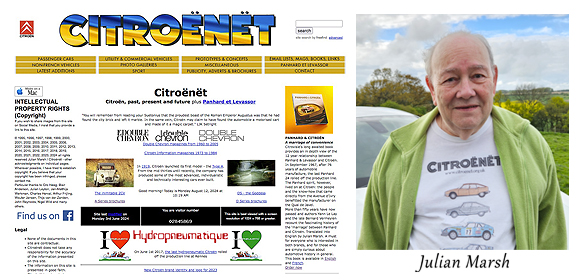
By George Dyke….
When it comes to Citroën documentation on the internet, there is one website — Citroenet.org.uk in England, that is the defacto go to for reference of the double chevron brand. It is one the first Citroën websites to appear and to this day its founder, Julian Marsh continues to add new information to it. His dedication shows a true passion for Citroën and for that we can all be extremely grateful.
In May, I had an opportunity to visit with him and his wife Christina at their home just west of London in Penton Grafton, (and not too far from Stonehenge).
We chatted about how he came to be interested in Citroën and took a drive in his Citroën C5.
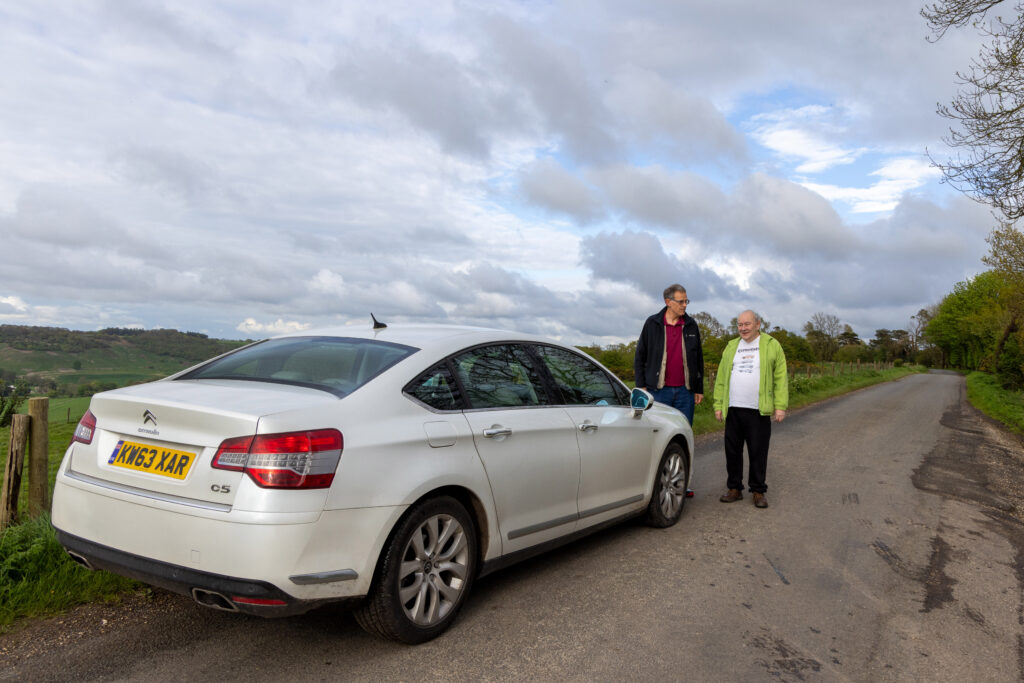
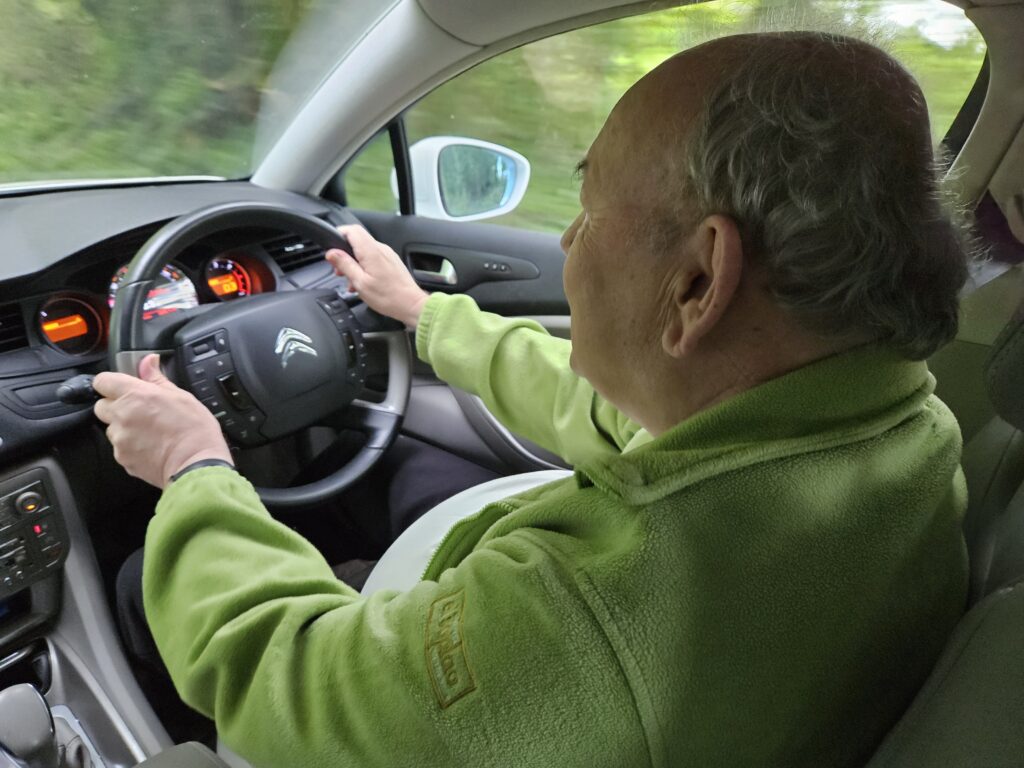
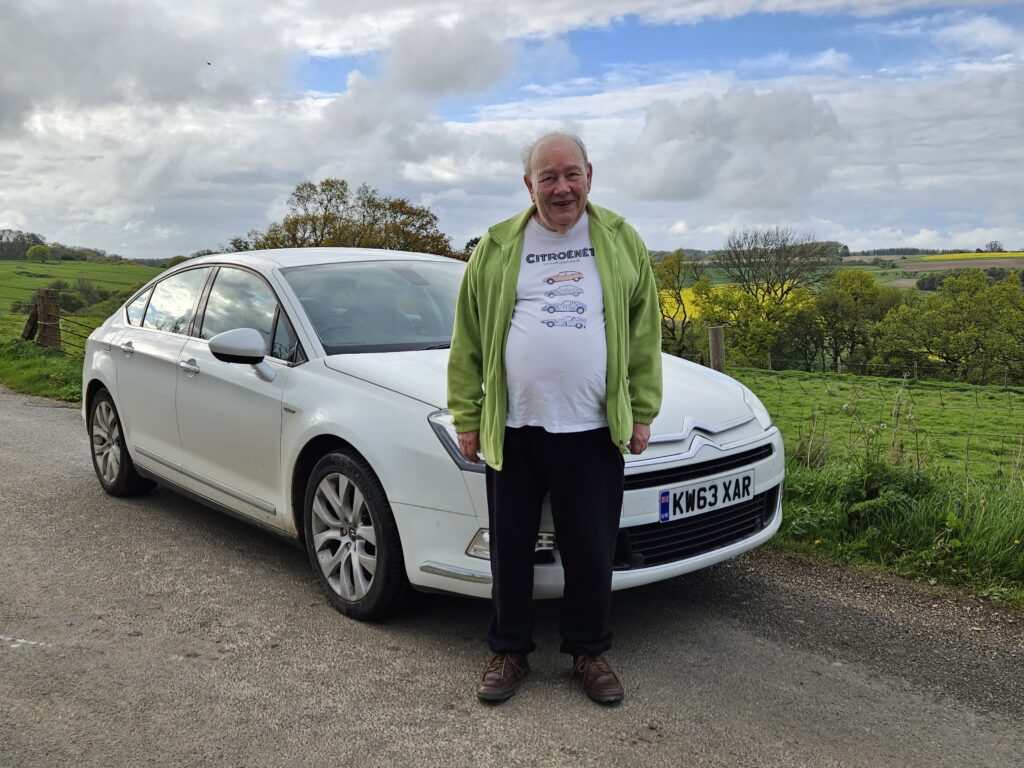
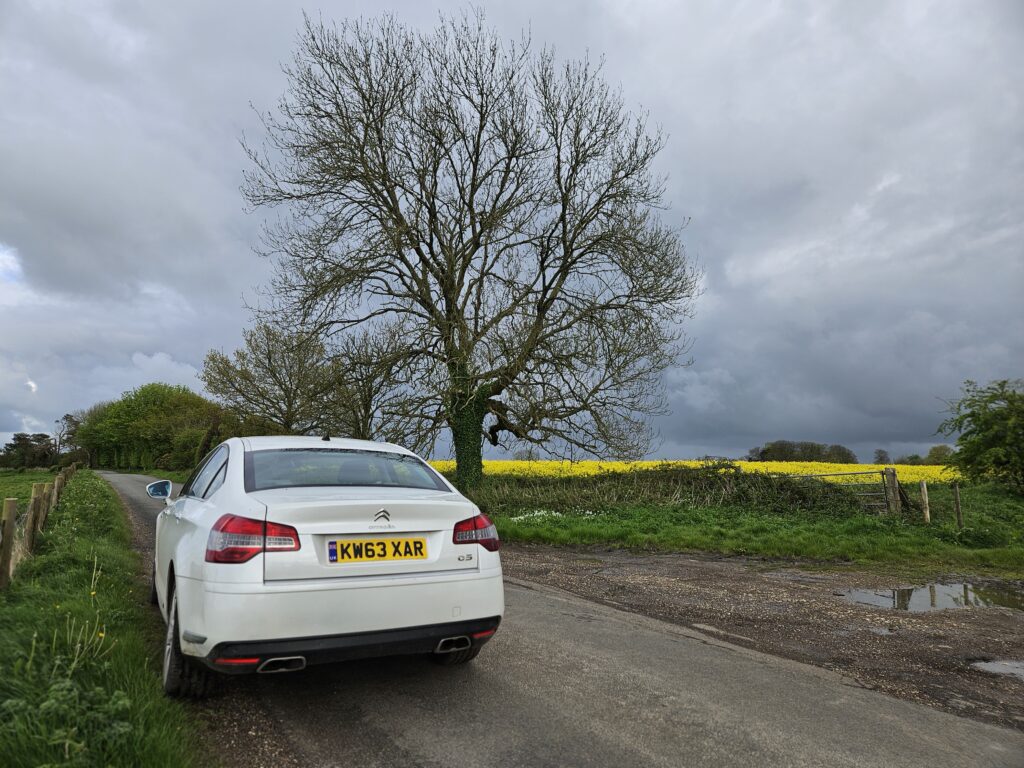
I was curious how Citroën became ingrained in Julian’s DNA and what he recounted was fascinating:
“My love affair with Citroën began six years before I was born.
My Father was posted to Paris at the end of the war – he was a liaison officer with the Royal Air Force helping rebuild France’s Armée de l’Air and he met a French girl who lived in Marseille. She invited him to spend the weekend with her so he borrowed a Traction (he said he thought it was a 7CV) and drove from Paris to Marseille in ten hours. That was quite an achievement given the state of the roads. He wore the front tyres down to the canvas and switched them with the rears and drove back more gently. He fell in love with both the girl and the car. He married the girl and he bought a Light Fifteen when they returned to England. I was born six years later. They had marital problems and she left him and returned to France (Alsace) where I was brought up. They had a few short term reconciliations and eventually, in 1967, they were reunited and we both moved to England.
My Father owned two Light Fifteens; one Big Fifteen; one Six Cylinder and in 1957 he bought one of the first DS19s made in England. He owned a couple of Connaught DSs; an ID19; a DW; DS19 BVM; DS21 BVM; DS23ie BVM; CX2400 Pallas CMatic; BX16 Leader; Xantia DTR; and his last car was a Xantia 2.0i VSX.
My Mother refused to drive a 2CV (voiture artisanale – voiture de paysan) and had a couple of Panhard Dyna Zs and then, in 1962, she bought an Ami 6. She refused to believe it was really a 2CV under the skin. She bought a second Ami 6 in France and then we returned to GB and she bought a right hand drive Ami 6 here. This was followed by an Ami 8 and then by a NSU Ro 80 and then a GS Pallas CMatic. Ill health meant she gave up driving.
So it was inevitable that I would drive a Citroën. Wrong. My Father insisted I should buy a 2CV but I told him I would rather drink the dog’s bath water and I went to Amsterdam and bought a Fiat 850 Abarth TT at a car market in Amsterdam. It was not a sensible choice for a 17 year old. Overpowered and underbraked. And swing axles… Two weeks later, I rolled it. I returned to the Netherlands and bought a 2CV AU which I drove to India and back during my gap year. I also drove a 2CV6 from NY to SF.
After university I worked for Citroën as a management trainee and then, when Peugeot took over, I departed and returned to Britain where I ended up working in the civil service. I also spent four years working as a Eurocrat in Brussels/Strasbourg.
I got married to Christina, left government service and worked as the VAT (sales tax) manager at the Automobile Association and several other companies before deciding to set up my own VAT/duties consultancy business and eventually retiring in 2013.
I have three sons and my wife is a recently retired teacher.”
Julian cars (over the years):
- Fiat Abarth 850TT
- 2CV AU
- 2CV AZAM6
- Dyane
- DS19 BVH
- DS23 ie BVH
- GSX
- CX 2500 GTi Turbo
- Visa Super E
- GSA Pallas C-matic
- GSA Special
- BX GT
- BX GTi
- BX 17 DTR
- XM CT Turbo
- C5 2.2 HDi
- C6 Exclusive
- C5 X7 200
Julian does not shy away from expressing his opinion on Citroën, especially as a brand that is now part of Stellantis. His letter to then CEO of Citroën in August of 2020 provided some sage advice that has unfortunately not been adopted.
I have admired and frequently referenced Citroënet for over 25 years. I wanted to know about how Citroënet came about;
“In the early nineties we lived in a place called Chertsey in the outskirts of London. In 1995, we moved to rural Hampshire. My wife, Christina’s business partner, who lived in Chertsey, gave her a 9600 baud fax modem. “We can use this to get on the internet.” said I. “The internet is for nerds.” said Christina.
So I signed up with an ISP and went online. Being a bit of a Citroën enthusiast, I ran a search on Citroën but the search engine returned zero results. I tried it without the dieresis, (the ¨ placed over the ‘e’) and bingo! A whole seven results. All of them, bar one, had a picture of a DS and/or a 2CV with text along the lines of “Here is a picture of my car” followed by a description.
The single outlier was a site called THE CITROËN CONNECTION” (with the dieresis in the site name but not within the URL. And I am guessing it was absent from the meta tags.) It was interesting and had information about the company’s history and cars and meetings. It was run by a Canadian chap called Blair Anderson.
Somewhat hesitantly I fired off an email to Blair and little did I know this was the start of a friendship that has lasted through the years.
That same year I jumped at the chance to help design the Citroën Car Club (of Great Britain) site with Adrian Chapman. We put together a rather simple site, although as one might expect (and hope after eighteen years), it has been subsequently updated.
Originally the Citroën Car Club site was all about recruiting, but as I worked on it, I realized I had so much material of my own that I might as well create my own site. And Citroënët was born. Blair proved to be a great mentor and hosted my site on his dedicated Apple server for years. But as my site grew and started pulling in more and more traffic, it just became too much for his setup to handle.
Blair also persuaded me to switch from Windows to Apple – a quantum leap back then. He said it was a bit like going from a conventional rear wheel drive, drum-braked car with worm and roller steering and cart springs in 1955 to a DS. I think this is one of the arguments he used to overcome my initial skepticism.
So, in 1995, long before Citroën had a website, Citroënët was born. Originally it covered only one topic – a reprint of an article originally published in the Citroënian the British Citroën Car Club magazine – about the fabled D Sport. Over the years, it has grown and expanded to several thousand pages devoted to all aspects of the marque including details of Citroën’s production cars, prototypes, concept and show vehicles, commercial vehicles, resources for the Citroën fan such as book lists, e-mail lists, memorabilia, screensavers, articles, etc.”
These days Julian has been doing copy editing and translating books on Citroen CX, GS and XM books offered through Citrovisie.
All of us with a interest in Citroëns, no matter what level — merely curious or immersively obsessive, can thank Julian for his tireless effort to ensure that the history of Citroën and the vehicles the company has produced have been catalogued and preserved on the internet for all to accurately reference.
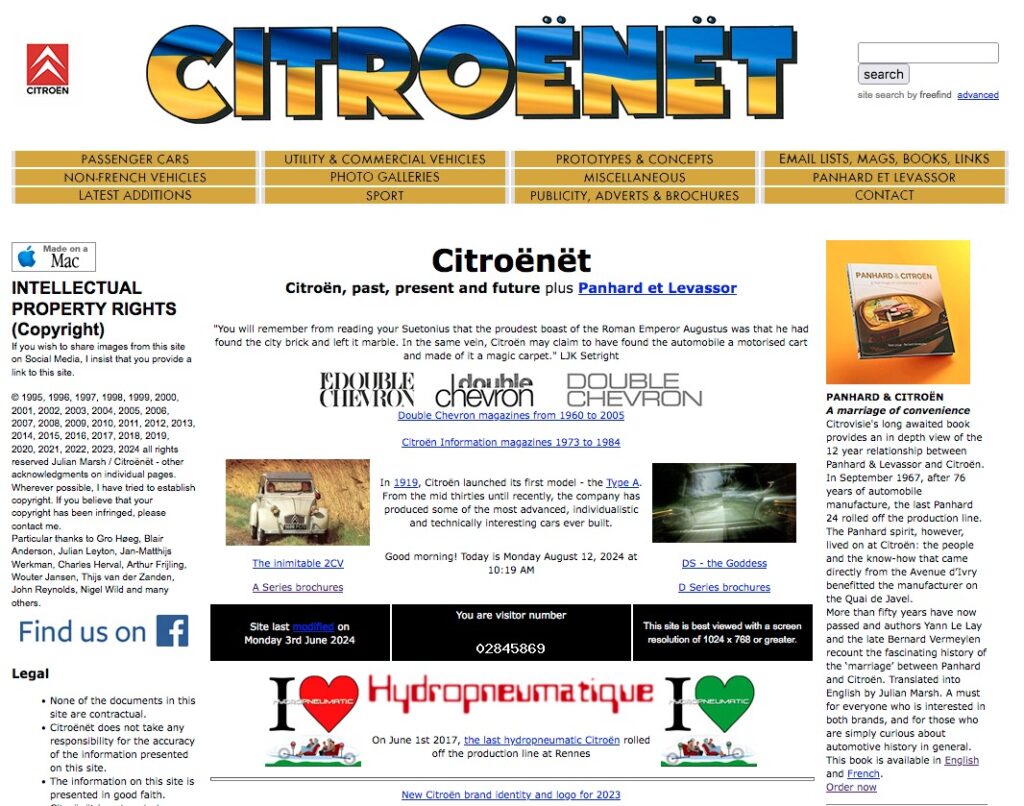
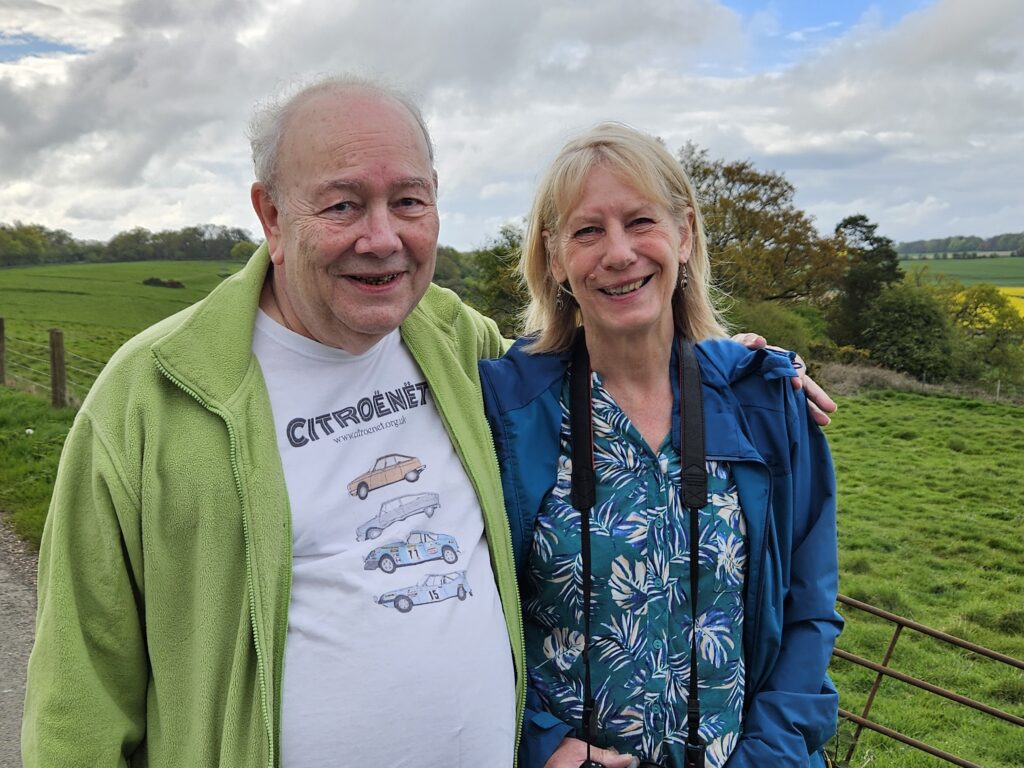

This is terrific! Thank you for publishing it.
There are several / many Citroen luminaries that so many of us have only heard of but not known anything at all about them personally nor their ”back stories.”
After all these years, i had th epleasure of meeting Chris DuBuque – another luminary with whom i’ve been familiar but have never met — that is, until he attended the Rendezvous atr Saratoga this June.
Not so single out just Julian and Chris. There are more.
All to say how much this coverage is so deeply appreciated.